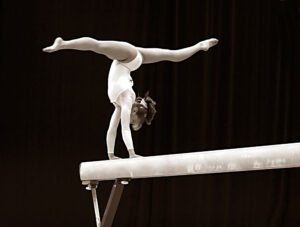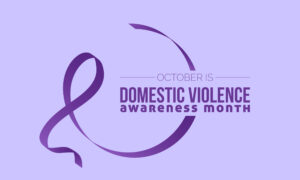Act. Action is the only way forward. Even if it’s an incremental 5 minute per day routine just so that you do it every day. Do or do not. There is no try.
Action is the only way forward. Just DAO it..
The only impossible journey is the one you never begin.
Tony Robbins
What’s the skinny?
- Action follows decision, but it can start with a few small changes to daily habits.
- Aspiration without actionable inspiration will only lead to vague, undefined goals.
- Actionable inspiration with doable micro-goals and milestone “rewards” lets you set an intention and stay on track everyday.
In the last post on decision, we talked about aspiration versus inspiration. Aspiration is a hope, a dream, a vision. And that is a great place to start, at a macro level. The problem is that most people stop there. Without action, there are no results. That is where actionable inspiration comes in.
Without action, there is no result. That’s where actionable inspiration comes in.
Inspiration is an incentive to act. You make that actionable by setting goals, and then setting daily or weekly micro-goals toward that objective. When it comes to being fit, it’s nothing more than changing your daily habits.
With attendant micro-goals and habits structured around those goals, you get results. It keeps you going, and gives you the energy to keep going down the path. You go from “I want to” to “I am.”
You have done it before, you can do it again
Think about the major accomplishments in your career – including finishing grad school, passing a bar, MCAT, or landing your dream job. Sure, they all started with a dream, or a hope. None of these accomplishments happened overnight. Each of those accomplishments had steps, milestones, and individual micro goals that ultimately led to the end result. Like all of your career accomplishments, achieving the goal of becoming a #fitprofessional happens in discrete, individual steps.
Like all of your career accomplishments, achieving fitness goals happens in discrete, individual steps.
Inspiration versus aspiration: example
In my profession, we love illustrative examples. So let’s go through an example of an abstract aspiration versus an actionable inspiration:
Abstract aspiration: “I want to eat clean and be in complete control of my diet” “I want to drink less.”
Actionable inspiration: “I want to have more energy and get more toned. In order to do this, I will work with an outside professional to define my target weight and BMI. I will use that information to gain an understanding of my caloric and exercise goals. I will have plans for cocktail substitutes and meals when I am traveling, at client dinners, or conferences.”
Abstract aspiration: “I am going to lose 10 pounds.”
Actionable inspiration: “I am going to structure a workout plan consisting of 4 workouts per week. I will block off non-negotiable time on my calendar to do these workouts. In order to make that time, I will stop checking emails and social media first thing when I wake up in the morning. I will keep myself accountable by hiring a trainer, joining a group fitness community, or creating a group text chain with friends.”
The DAO of “Action” is the same no matter what your starting point. It starts by defining micro goals to achieve your desired result, then designing an actionable plan to achieve each step.
The “Action” of the DAO starts with defining micro goals to achieve your desired result and designing an actionable plan to achieve each step.
This is how you DAO it
Here is where I suggest you start: Get a journal and use that ONLY for your fitness goals. Any blank notebook is fine, but if you want something structured, I would suggest the 100-day goal journal. This journal walks you through your overall goal, then defines the micro goals you need to accomplish every day. If you want a more fitness-focused journal, I would recommend Fitbook. This one has a 12-week goal plan, a daily and weekly workout schedule and meal plan.
Putting your goals on paper will help you internalize them, and keep it separate from your normal “to-do” list. You also will have a tangible way to note your success. You should also put your journal somewhere where you will always see it, like your nightstand or kitchen table. Set a specific time every evening to review your progress for the day, not by the clock, but by a prompt in your normal routine, like right after you brush your teeth.
To read more about how you can change small habits to achieve long-term goals, I recommend the book, Tiny Habits: The Small Changes That Change Everything, by Dr. BJ Fogg. It gives a great framework to how “micro actions” and “tiny habits” can have a cumulative effect of changing your life. It’s great to listen to on Audible or during a workout.
The act of writing and putting your goals on paper, in a way that you can track them, is itself an action.
Setting your goals and defining what micro-goals you need to accomplish is an important step in the DAO of Action. It is where we all begin the journey.
We will break down the execution side of action after we examine the last part of the DAO – Outlook.
*Please note that I am not being compensated or sponsored by any third party for mentioning their products or sites.
Resources:
Inspiration and aspiration – by Whitney Hess, life coach
The 100-day goal journal ($16.00USD, Amazon.com)
Fitlosophy Fitbook: Fitness Journal and Planner for Workouts, Weight Loss and Exercise, Black Single (12-Week) (24.00USD, Amazon.com)
Tiny Habits: The Small Changes That Change Everything, by Dr. BJ Fogg






